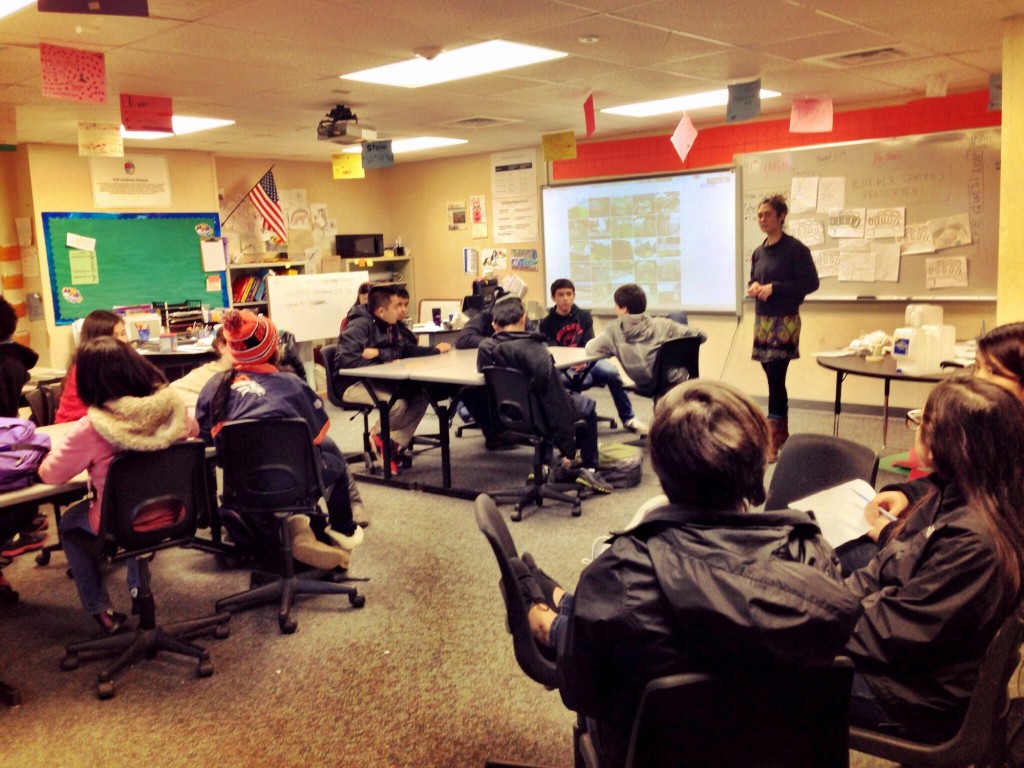
Human Centered Design
Human-centered design is such an important aspect of the design process that it has earned its own acronym: HCD. When engineers look through the HCD lens, they acknowledge the primacy of human needs and desires as they design solutions to the problems they are trying to solve.
Companies like Microsoft approach software design from a user-centric perspective. As they consider what experiences are user-friendly, they also look at what could be distracting. The stakes are higher than one might think. It is a tragic lesson that bad design can contribute to catastrophe. In the case of the Asiana Airlines plane crash in San Francisco in July of 2013 (and in other cases as well), the Human Factors and Ergonomics Society has suggested that redesign of the cockpit automation interface could assist pilots in coping with extraordinary circumstances such as the unavailability of an instrument landing system as happened in the San Francisco accident.
When I worked at Microsoft as a Software Design Engineer in Test (SDET) on the Excel Web App Team, we collaborated with the Office User Experience group to assure that end-users (the folks who do the actual work) had a satisfying and consistent interaction with our software whether they were using Excel, Word, or any other application in the Office suite. That meant that we looked at the Office experience with a focus on the users’ experiences and the tasks they wanted to accomplish. Ease of use and successful completion are key factors in such a design process. The end result should be technologies that make people’s lives better.

At TAF Academy, project-based learning (PBL) invites students to participate in the human-centered design process. In a PBL curriculum, projects present design challenges that require investigating the needs, values, and concerns of the people involved. Recently, teacher Beth Sims’s 8th graders have begun a project with a design challenge that has global dimensions. They have partnered with a middle school class in a rural village in Fiji where they have just gained access to computers and the internet for the first time. The challenge is to find ways for the two groups of students to cross geographical and cultural boundaries to build language and science skills. As they consider possible solutions, the American students are starting their process by considering the needs and challenges faced by their Fijian counterparts. This can be accomplished by using their new access to technology to survey or interview them in order to begin to think about how to make their connection work. The design thinking mindset starts with gaining empathy with the people at the heart of the challenge.
The newly formed Garden Club at TAF Academy is another example of what happen in this first step of design. The design challenge is “The Edible Campus” project described by the students as making the campus into a place where then can “make and grow stuff.” They are conducting interviews to help them gain a better understanding of the needs of other students, teachers, and people in the community. Two sixth graders in the club travelled to a local Home Depot one weekend to talk to staff there about the challenges of gardening. Students who know about the Fijian connection plan to video conference with students in Fiji to learn about how they run their school’s farmers’ market. Other students have also taken a trip to the Beacon Hill Food Forest (a 7-acre forest and garden open to public harvest) and plan on visiting the Bullitt Center in Seattle—the greenest commercial building in the world.
The next phase of their design thinking process will be to use the insights and empathy they have gathered from their interviews and field trips to brainstorm creative solutions to the design challenge. They plan on engaging the community at this point by reaching out to local farmers, chefs, architects and engineers to help them create small scale prototypes of their new “Edible Campus.” By convening this interdisciplinary community and collaborating on the design process, the students will create advocates for their endeavor and will be able to apply their learning alongside an authentic audience.
The brainstorming will be messy and I’m sure there will be plenty of crazy ideas that will emerge. In a traditional classroom, there usually isn’t much use for crazy ideas. However, the design thinking process invites such ideas as it oscillates between convergent and divergent thinking. Thus, crazy ideas can actually provoke feasible ideas. Their facilitator, Kaitlyn Orr, will then guide them to the next phase where they will build their design—a prototype. This implementation will require the hands-on application of the same math concepts they are learning in their math class—an authentic transfer of knowledge and skill.
In the final phase, the students will test the assumptions of their prototype so they can measure the success of their design. Based on their findings, they can proceed or start the process again and further innovate with new prototypes. This is an ongoing, iterative student-led project that is not prescribed by teachers, but designed and created collaboratively with students, teachers, and the local community. It all starts with considering what humans want and need.
By David Harris, TAF STEM Integration Manager




